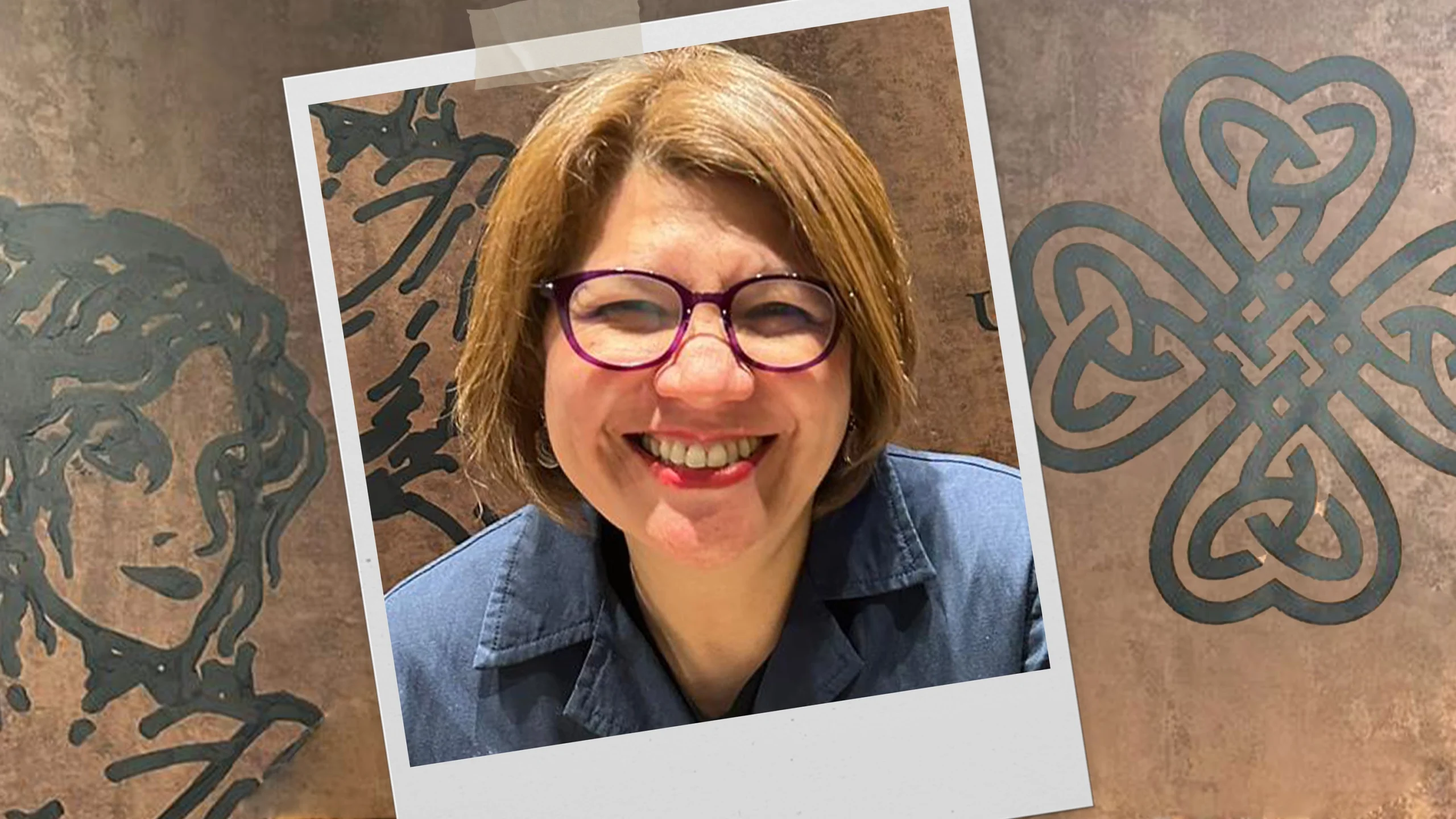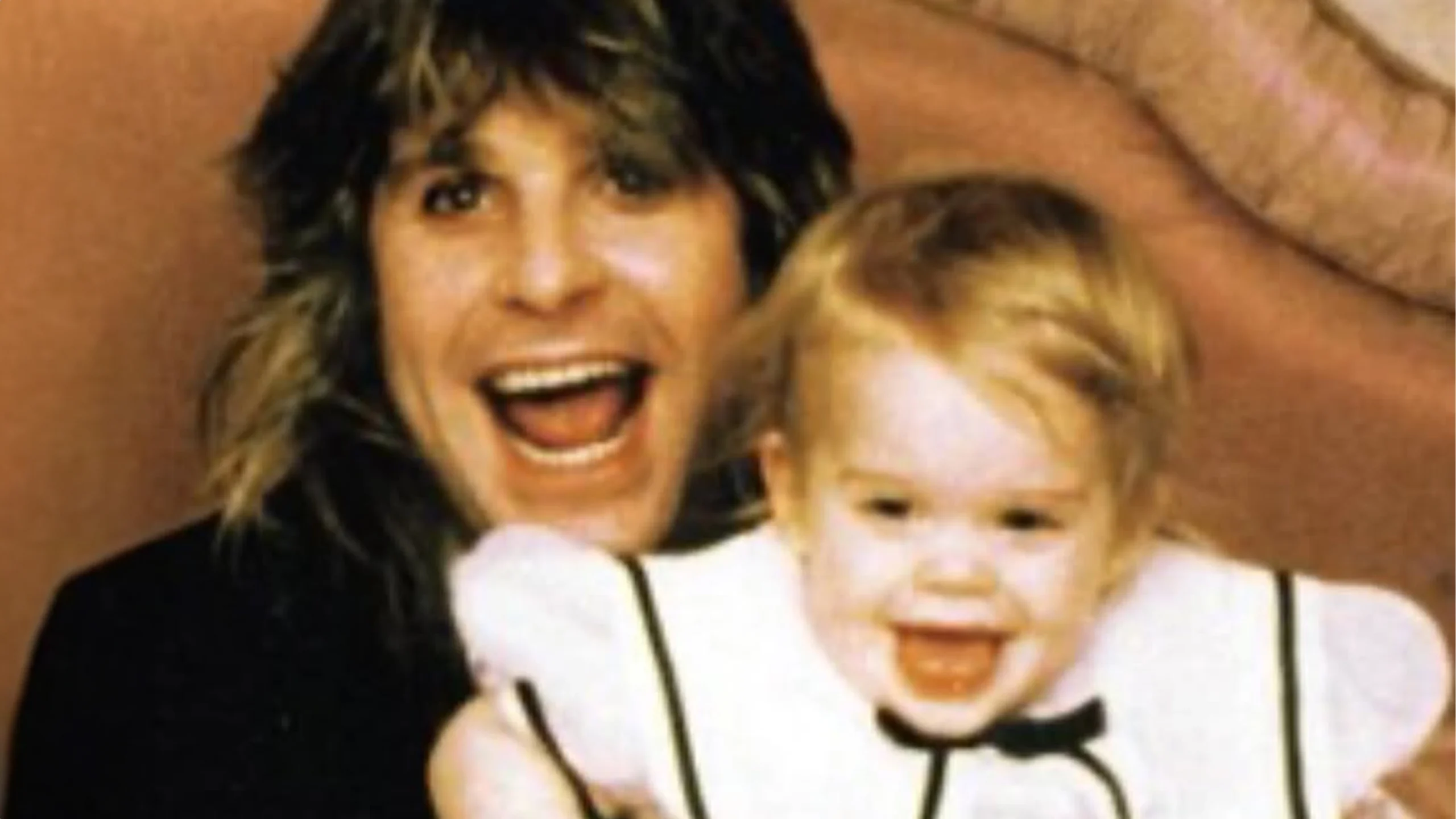My Birthing Story: Having a baby in the time of COVID
“We have to go,” I called out to my husband from the top of the stairs. It was 4:30 PM.
I showered and grabbed a small bag to stuff a dress in. My phone sounded. “Go NOW,” instructed my doctor.
As I went down, my mind, as it does during emergencies, ticked off a checklist:
Mask? Check.
COVID-19 test results? Check.
Filled out health declaration forms? Check.
Hospital bag? Check.
Mobile phone charger? Check.
A small bag of waterproof and long-lasting makeup? Check. (Hey, once a beauty editor, always a beauty editor.)
When I got down, the husband was still clicking away intently on his computer.
“WE HAVE TO GO NOW!” I screamed at him.
“Why?” He asked calmly, eyes never leaving the screen, fingers still tapping on the keyboard.
“MY WATER BROKE!”
As if on cue, amniotic fluid flooded out of me again, soaking straight through my clothes. I grabbed a large towel from the laundry line and ran to the car, my toddler following closely, her backpack ready. She thought she was coming along. My heart broke a little when her nanny carried her away and she looked at me upset clearly brimming in her eyes.
“I love you, baby,” I said as soothingly as I could. “Your brother is ready to go out. We will be home by tomorrow.”
At 5:10, my husband finally emerged from the house and jumped into the waiting car.
At 5:15 as we swung towards the highway, we saw a long stretch of cars, unmoving by the exit. I checked Waze: 1 hour to get to the hospital.
Plan A, B, C, D
The story of how I gave birth the second time is the stuff of rom-coms and viral videos. Having survived it, I can now laugh about the experience. But back when I was in the thick of things, it felt like the most ludicrous thing.
The COVID-19 pandemic and the resulting quarantine it entailed has messed up everyone’s plans. Yours, mine, the national government’s—perhaps even Kris Jenner’s.

At 37 weeks, I took the rT-PCR test for the coronavirus, which was now standard for anyone undergoing a medical procedure. Health declarations were required, as were quarantine passes, masks, and face shields. Personally, people packed bottles of alcohol, disposable gloves, and those little devices used to push elevator buttons and doors among other things. Some expectant moms even packed protective gear for their little ones.
Partners weren’t allowed in the delivery room, and in my case, even in the labor suite. Extra precautions also meant less time spent in the hospital—one to two days were the new norm. The new protocols didn’t just affect the delivery. At the height of the ECQ, regular clinic visits and exams were done only when it was deemed absolutely necessary (e.g., an emergency).
I was in my third trimester when the quarantine was set and only saw my doctor once more before I gave birth. It was a nerve-racking experience. The hospital I chose to give birth in was one of the biggest and busiest in the country, but at that time its hallways were eerily quiet. Instead of the usual din, the only sounds were the air purifiers humming from empty clinics and the rustling blinds from the breeze coming in from open windows.
Self Check
As many people were encouraged to stay indoors, many pregnant women bought their own Doppler fetal monitors, blood pressure devices and blood sugar machines. The lack of tests was alarming to a friend who was also pregnant, but based in Sydney, Australia. Her experience was so starkly different from mine. The change in her routine was minimal: wear a mask and exercise alone. Meanwhile, I was stuck at home for several months and advised to not do anything that could possibly endanger myself and the baby. It was a stroke of advice as broad and as vague as the national plan against the virus.
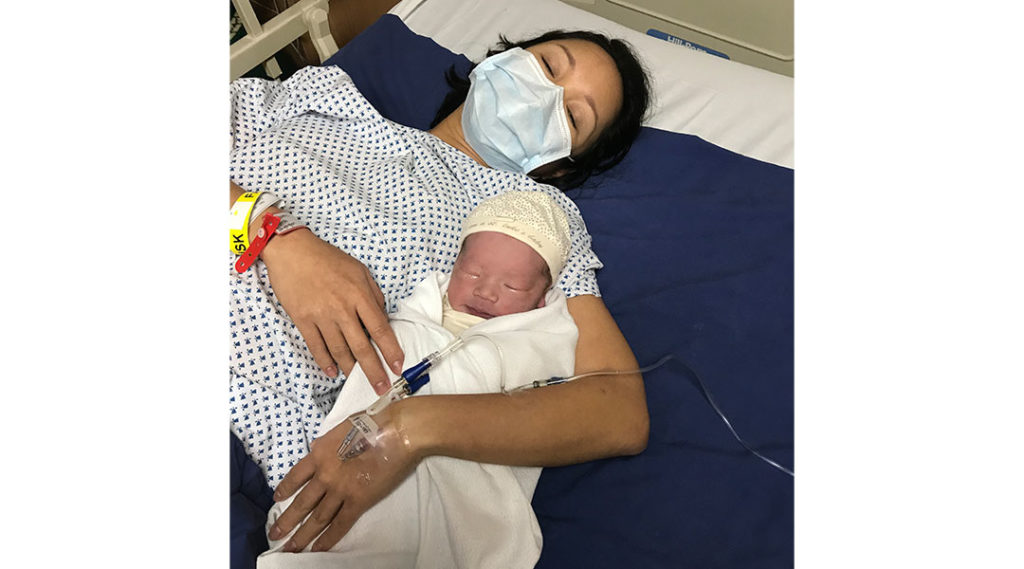
Now, I consider myself more fortunate than most. I spent the first half of the quarantine busying myself with work, tending to the house, baking and spending time with my two-year-old. But as it did for many, things took a dark turn as the quarantine stretched on. I fought through bouts of depression were I stayed in our guest room, in the dark, for days. I withdrew even from my daughter, upset that my swollen belly kept me from playing with her but also irritated with her toddler tantrums and demands. I knew I was luckier than so many other of my countrymen, but that didn’t stop the horrible thoughts from entering my head. Hormones, collective anxiety, and other things caused me to weep for hours. Whatever the case, it was a dreadful time, and I was filled with guilt for my unborn child. When the clouds passed, I would lay a banig on the grass and look a the sky with my daughter. I’m sorry for what was happening, I would tell her, things were going to change even more. She would smile and point to the bird’s nest hiding in the branches and the dangling mangoes and chesas. She didn’t completely understand what I was saying. I wasn’t sure I understood it all myself.
Choices
Earlier that day, my parents had driven me to the hospital for a checkup. I was a day away from 38 weeks. After the internal exam, my doctor told me that everything was okay. While my cervix was already 2 centimeters dilated, it was still thick.

“You will probably give birth late tonight or early tomorrow morning,” she said, then asked if I wanted to stay in the hospital.
Even though I was prepared to stay, I didn’t want to be alone in the labor room for the rest of the day—or longer should the labor stretch on. Instead I chose to hunker back home, eat a ridiculous, third trimester sort of meal—hamburger, cheese fries and milk shake—and finish my work.
I was messaging my boss when my water broke.
Here’s the thing that many women who have given birth know, yet don’t always understand (or remember in my case). Giving birth rarely goes according to the program. Babies, one’s body, an easily transmittable virus—they all have their own schedule. Anything can happen despite all carefully laid out birth plans. Having a plan is important, but also be ready to accept last minute changes. I knew this, but things had gone so swimmingly well in my first birth that I thought I could get away with it twice.
On the way to the hospital, I started monitoring my contractions. They were three minutes apart and the pain was increasingly getting worse. My amniotic sac continued to leak, soaking the front seat.
“Do you want to take the Skyway or C5?” my husband asked innocently.
I went from talking in clipped sentences to snarling like a feral cat. Every bump on the highway intensified the pain, which was making me cross-eyed. After passing one bottleneck, we arrived to another, and another. And another. I was convinced I was going to be one of those women who gave birth in the car. I would’ve filmed it except my phone was about to die.
A little before 6 PM and still a bit away from the hospital, I felt an unfamiliar feeling. Instinct told me what it was. While an epidural had rendered the need to push near mute during my first birth, this time, I felt it in its entirety.
“He’s coming out!” I exclaimed to my husband as he braked for the nth time.
He simply nodded in response. Later on, he would reveal to me that he’d thought I was exaggerating. But I wasn’t exaggerating. Each wave of contraction twisted my insides and pushed down hard on my, erm, perineum. At the last stretch before the hospital, we got lucky with one green light after the other. At the last intersection, he ran a red light. We arrived at 6 PM at the hospital’s lobby and as I stood up to get to the wheelchair, I felt it—him. He was crowning.

I forgot about my phone, my makeup and all pretense of control. I was drenched with all sorts of bodily fluids and was near hysterical on the way to the delivery room. But even as the guard was racing to the elevator, the other one was yelling for the COVID-19 test results and health declaration. Yes, even in the most dire of times, the virus was still in the picture. Protocols needed to be followed.
I’ll spare you all the graphic bits of my labor, except to say that there was no epidural, no kind of pain relief. There was simply no time.
“Trina, I’m going to need you to do this naturally,” instructed my doctor, who had similarly raced to the hospital and arrived five minutes after me. “Do you want to try pushing on this contraction?” I replied, yes, and just like that, my son was born.
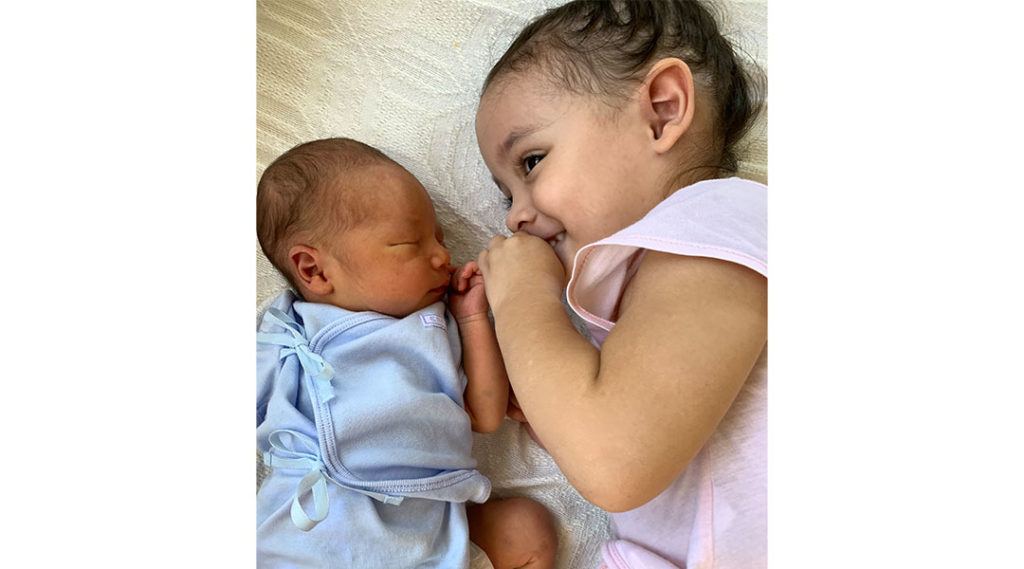
Life Goes On
Because I tested negative for COVID-19, I was able to stay with my newborn immediately. Unang Yakap, rooting—all of that that was done. After the chaos of the big banging birth, it was Biblically calm. Once we were inside our suite, I could almost forget about the pandemic. It felt safe and routine, like how it was before. Nurses came in to do their checks, food was delivered, ABS CBN was on—I almost didn’t want to leave, as it actually felt like we were on a little vacation. But as it did during the quarantine, anxiety and fear shadowed this happy time.
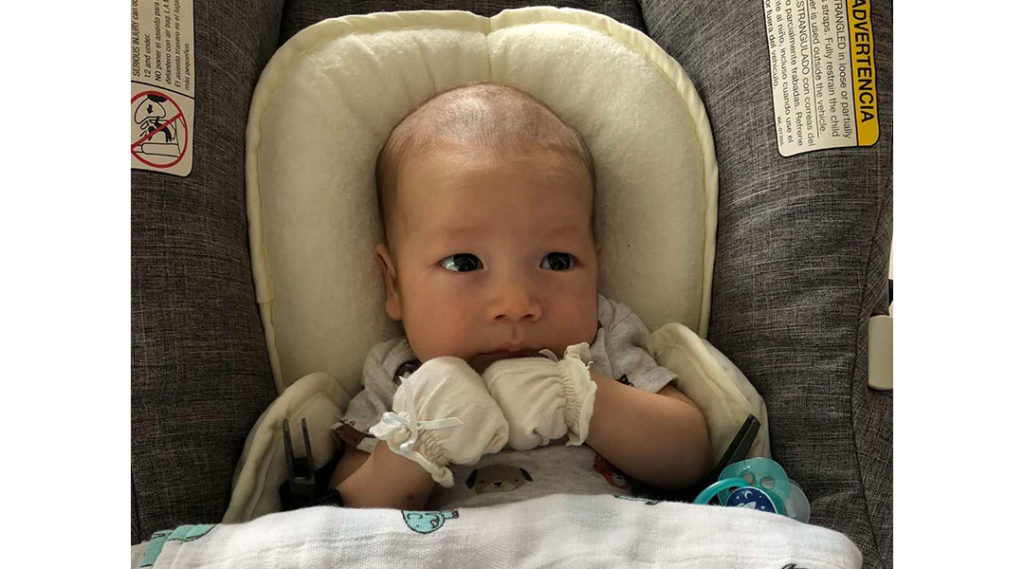
The first night as I struggled to sleep, my body still on a high from the feat it just performed, I started to think about the all the things I had to do, all the changes that we had to employ now that there was a brand new person in our family. Fears and anxieties crept in. Will we be able to do it with only one nanny? Should I still work part-time during my maternity leave? Am I being cavalier about the virus by not preparing a PPE for me and my newborn? Do we let family visit or should we just send photos and FaceTime? What kind of world am I bringing this baby into? All these thoughts—from the mundane to the extraordinary—fought for space in my brain. I was exhausted.
And then my baby cries. He’s pooped.
I immediately stand up and clean him. There’s no time to worry. Life keeps going on.






